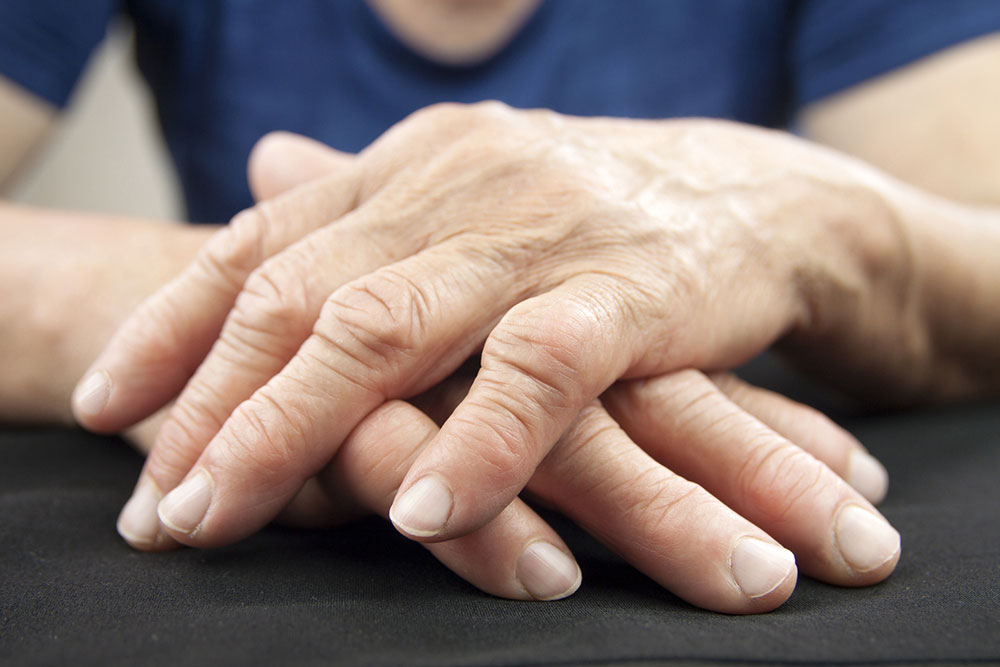Comprehensive Guide to Joint Degeneration (Osteoarthritis): Causes, Symptoms, and Prevention
Osteoarthritis is a common degenerative joint disease that affects millions worldwide, primarily driven by aging, genetics, weight, and lifestyle factors. This comprehensive guide explores its causes, symptoms, and prevention strategies, helping individuals recognize early signs and take proactive steps to maintain joint health. Early detection and management can significantly improve quality of life and reduce disability caused by joint degeneration.

Comprehensive Guide to Joint Degeneration (Osteoarthritis): Causes, Symptoms, and Prevention
As the human body ages, it undergoes numerous structural and physiological changes, many of which stem from daily repetitive stress and wear and tear. Among these age-related changes, one of the most common and debilitating conditions is osteoarthritis, a degenerative joint disease that affects millions worldwide. Understanding osteoarthritis — including its causes, symptoms, risk factors, and preventive measures — is crucial for early detection and effective management. This comprehensive article delves into the intricacies of joint degeneration, providing valuable insights to help individuals maintain joint health throughout their lives.
Osteoarthritis, often referred to as degenerative joint disease, primarily impacts older adults but can also develop in younger individuals under certain circumstances. At its core, osteoarthritis involves the gradual breakdown of cartilage—the firm, smooth tissue that covers the ends of bones within joints. Cartilage serves as a cushion, allowing bones to glide smoothly during movement. As cartilage deteriorates, bones may begin to rub against each other, leading to pain, inflammation, stiffness, and reduced mobility. Although osteoarthritis is most common in the knees, hips, hands, and spine, it can affect nearly any joint in the body. Unlike autoimmune forms of arthritis, such as rheumatoid arthritis, osteoarthritis does not typically involve internal organ systems or systemic immune responses.
Understanding the Causes of Osteoarthritis
Genetics and Hereditary Factors
Many studies indicate that genetics play a significant role in the development of osteoarthritis. Individuals with a family history of joint issues or osteoarthritis are at a higher genetic predisposition to develop the condition themselves. Specific gene mutations can influence cartilage repair capacity and joint resilience, making some more susceptible than others.
Gender Differences and Biological Factors
Women tend to experience higher rates of osteoarthritis, particularly after menopause. Hormonal changes, especially the decline in estrogen levels, may contribute to cartilage weakening and loss. Additionally, variations in joint anatomy and biomechanics may make females more vulnerable at certain joints.
Age and Lifestyle as Risk Factors
Advancing Age
Age remains the most significant risk factor for osteoarthritis. As people grow older, the cumulative effect of joint wear and tear increases. Cartilage becomes less elastic and more prone to damage over time. While many people over 60 show signs of joint degeneration, early signs can emerge even in younger adults due to injury or overuse.
Obesity and Excess Weight
Being overweight or obese exerts additional pressure on weight-bearing joints such as the knees, hips, and lower spine. Excess weight accelerates cartilage breakdown and increases stress on joint structures, making obesity a modifiable risk factor. Maintaining a healthy weight through diet and exercise plays a crucial role in preventing joint degeneration.
Common Signs and Symptoms of Osteoarthritis
Recognizing the early signs of osteoarthritis is vital to prevent further joint damage and improve the quality of life. Early diagnosis facilitates timely intervention, which may include lifestyle modifications, physical therapy, or medical treatments. Typical symptoms include:
Pain During Activity
Joint discomfort or sharp pain, especially during movement or weight-bearing activities, often worsens as the disease progresses. Pain can be mild initially but becomes more persistent over time.
Morning Stiffness and Stiffness After Inactivity
Many individuals experience stiffness after waking up or after periods of inactivity. This stiffness usually lasts for 15-30 minutes but can significantly impair mobility if left unmanaged.
Tenderness and Swelling
Feeling tenderness when pressing around the joint, accompanied by swelling, indicates inflammation and synovial fluid changes.
Crepitus or Crackling Sounds
Audible or felt crackling, grinding, or grating sensations during joint movement are typical signs of cartilage deterioration and joint surface irregularities.
Reduced Range of Motion
Over time, joint stiffness and structural changes lead to decreased flexibility, making movements like bending and twisting more difficult.
Preventive measures, early diagnosis, and appropriate management are essential steps to mitigate the impact of osteoarthritis and preserve joint function. Lifestyle modifications, such as weight management, regular low-impact exercise, and joint-friendly habits, can delay disease progression and enhance quality of life.





